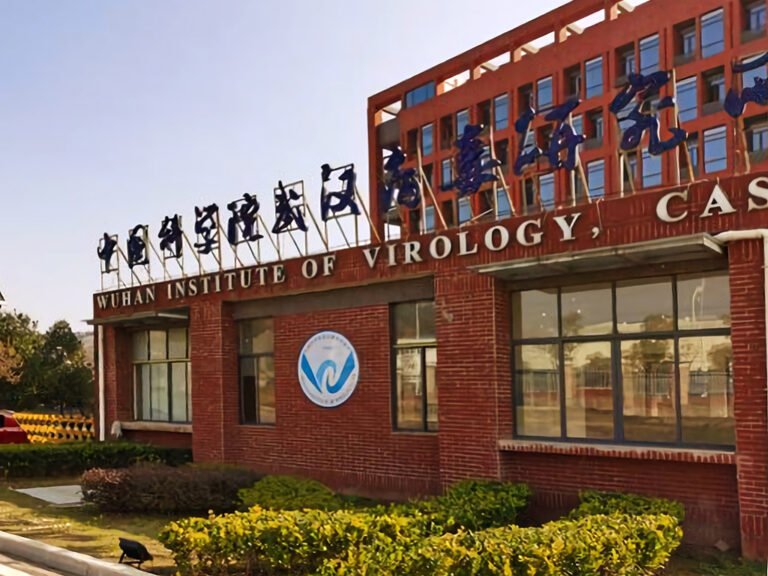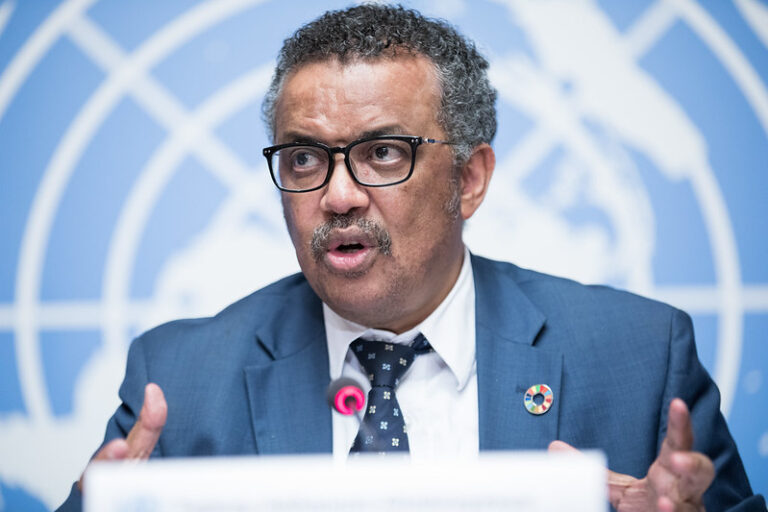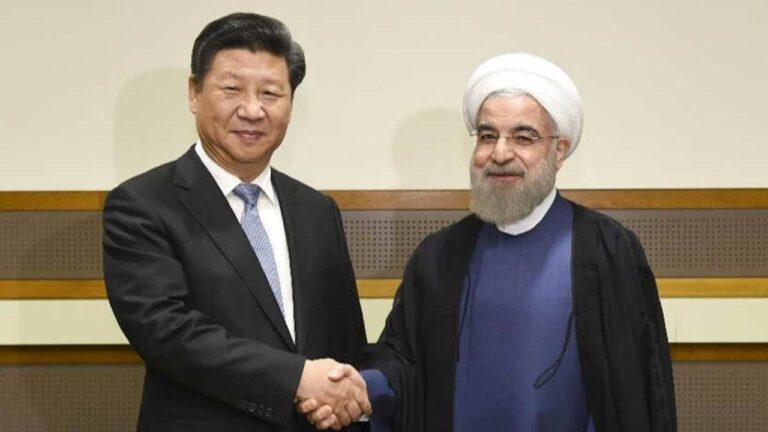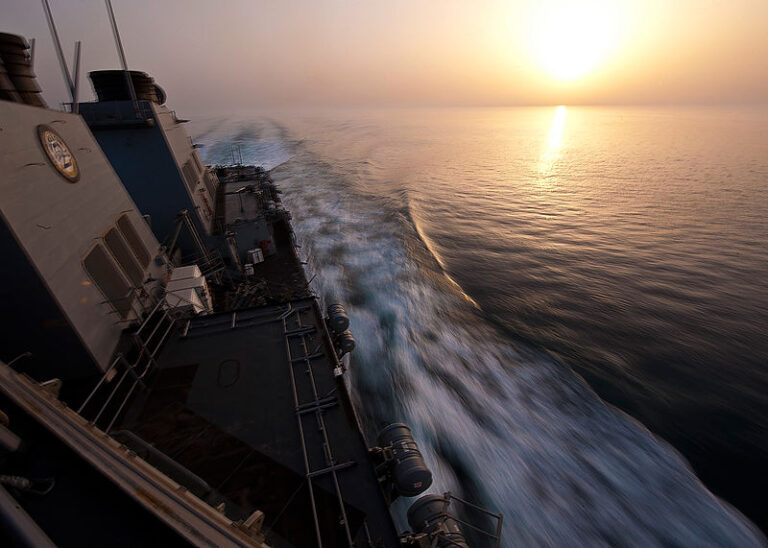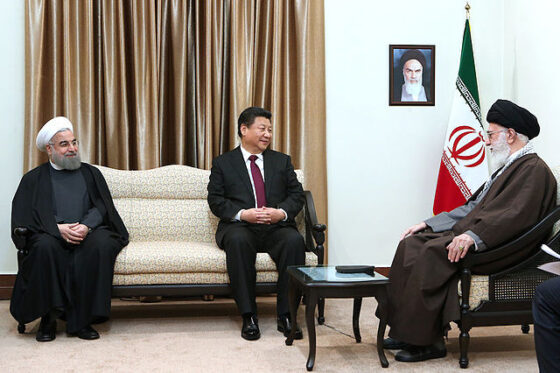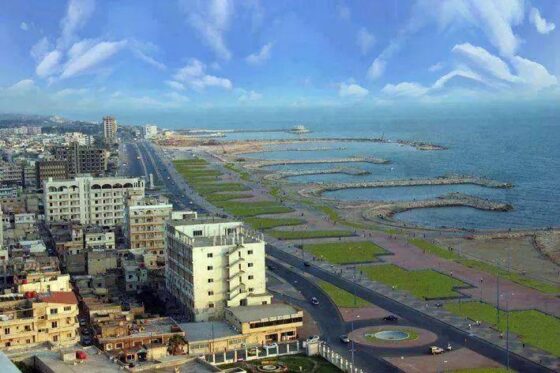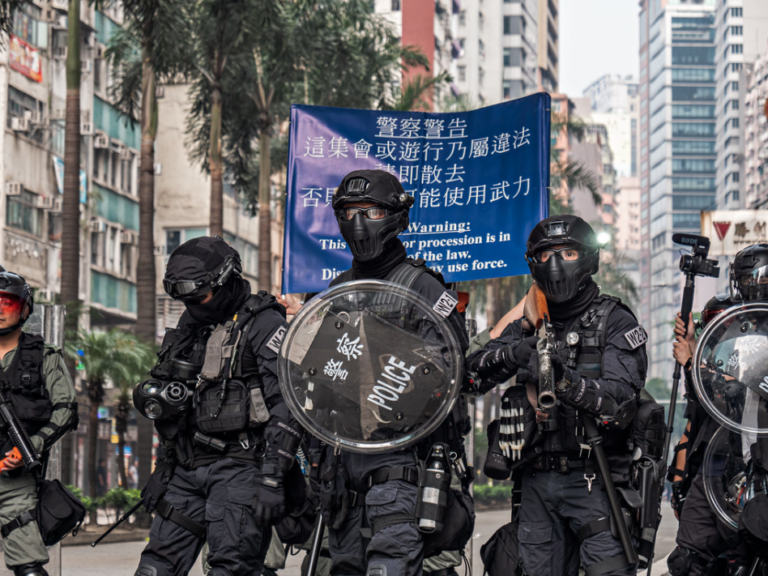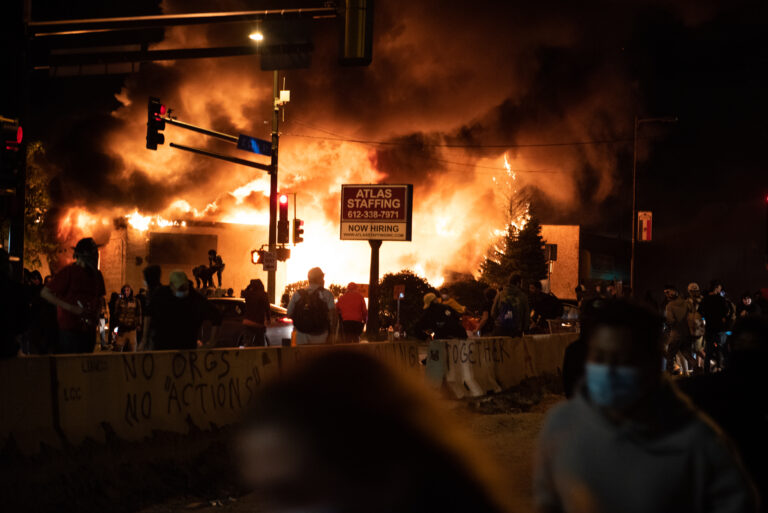
- Jagdish N. Singh
- July 31, 2020
- Paper No. 1669
The Modi government in India is working hard to fight COVID-19 and save precious lives, both at home and abroad. However, it cannot afford to focus solely on the containment of the pandemic and the development of the national economy. The communist leadership in Beijing is taking advantage of India’s current predicament to advance its imperial aggression against the country, and this threat must be addressed.


